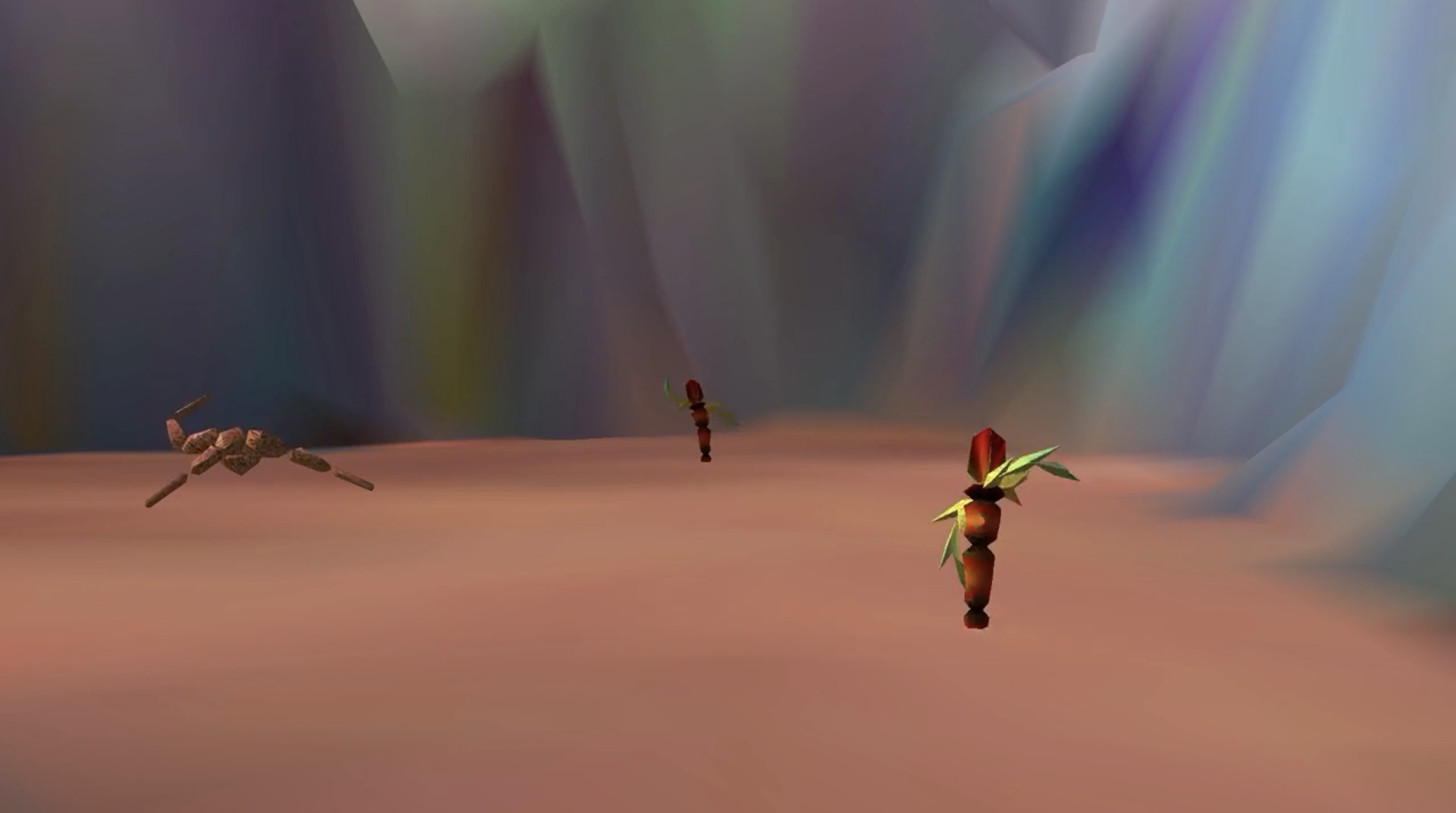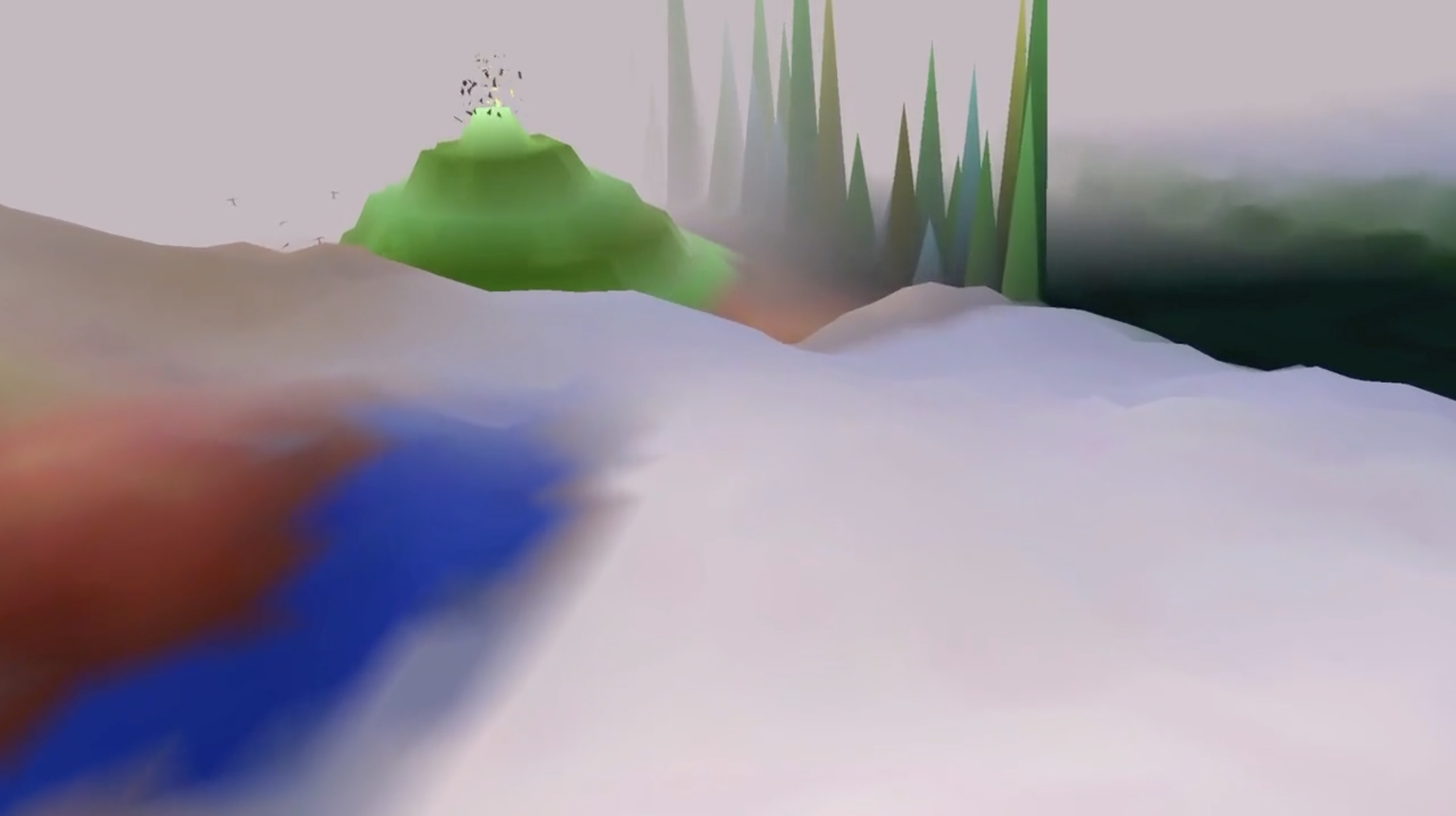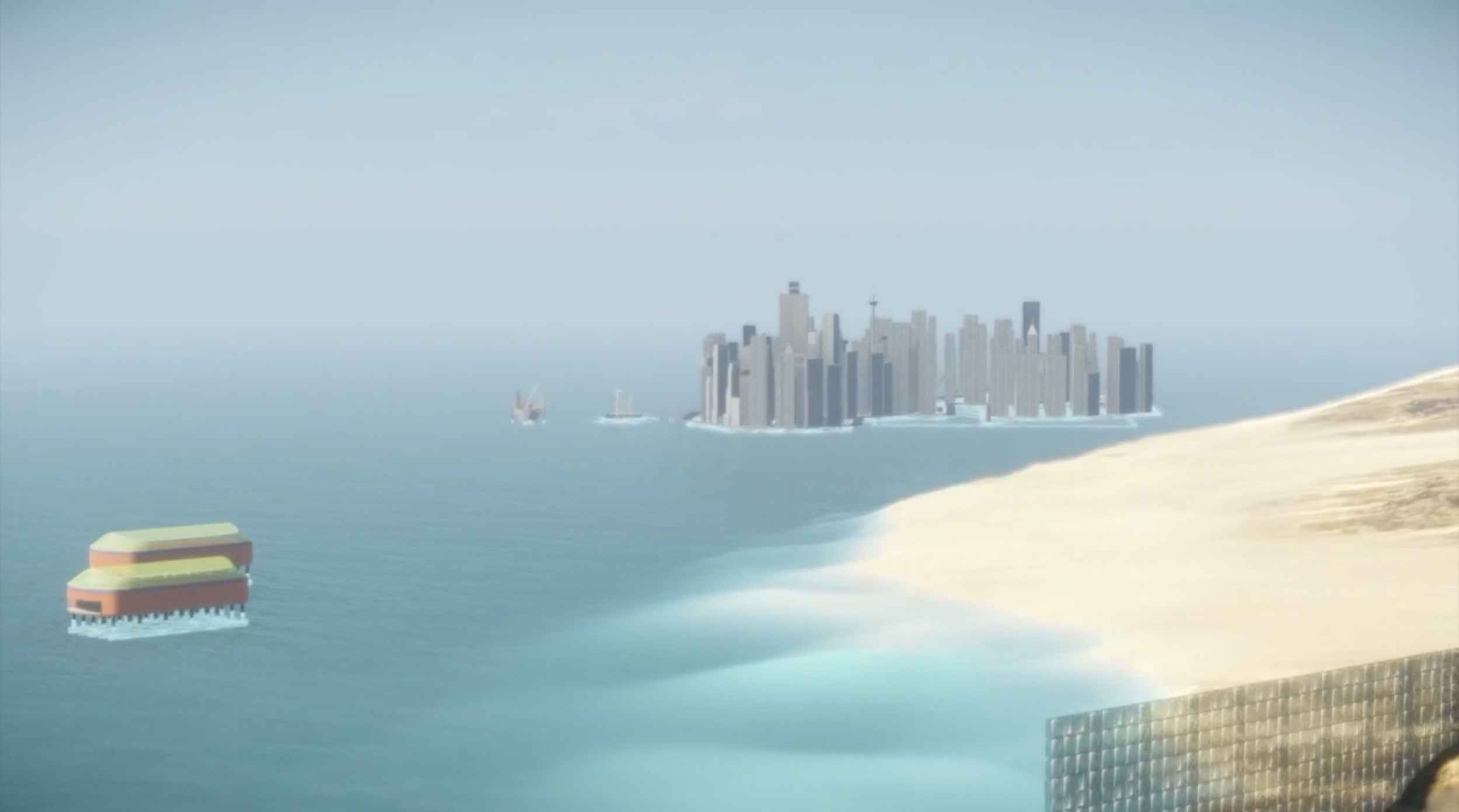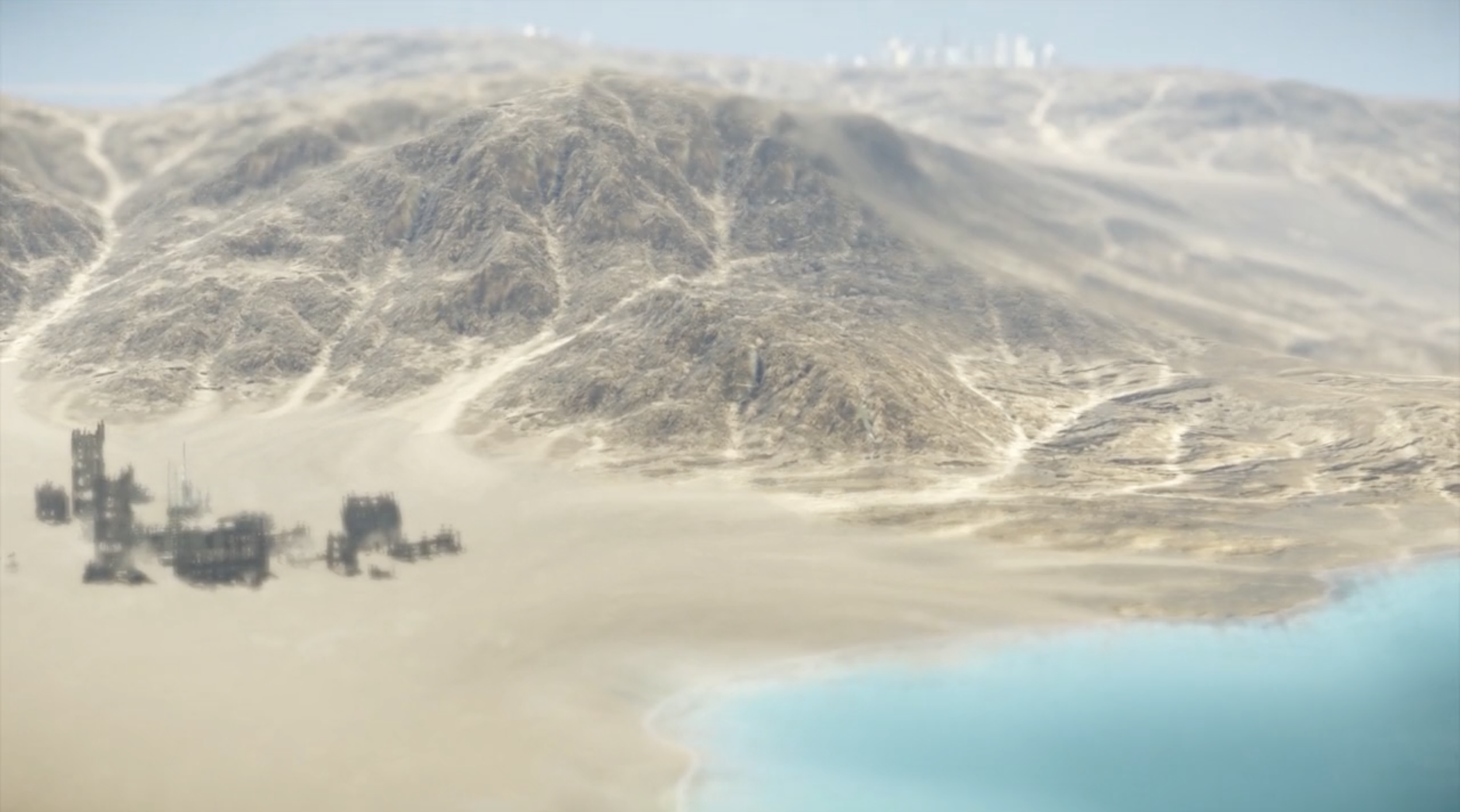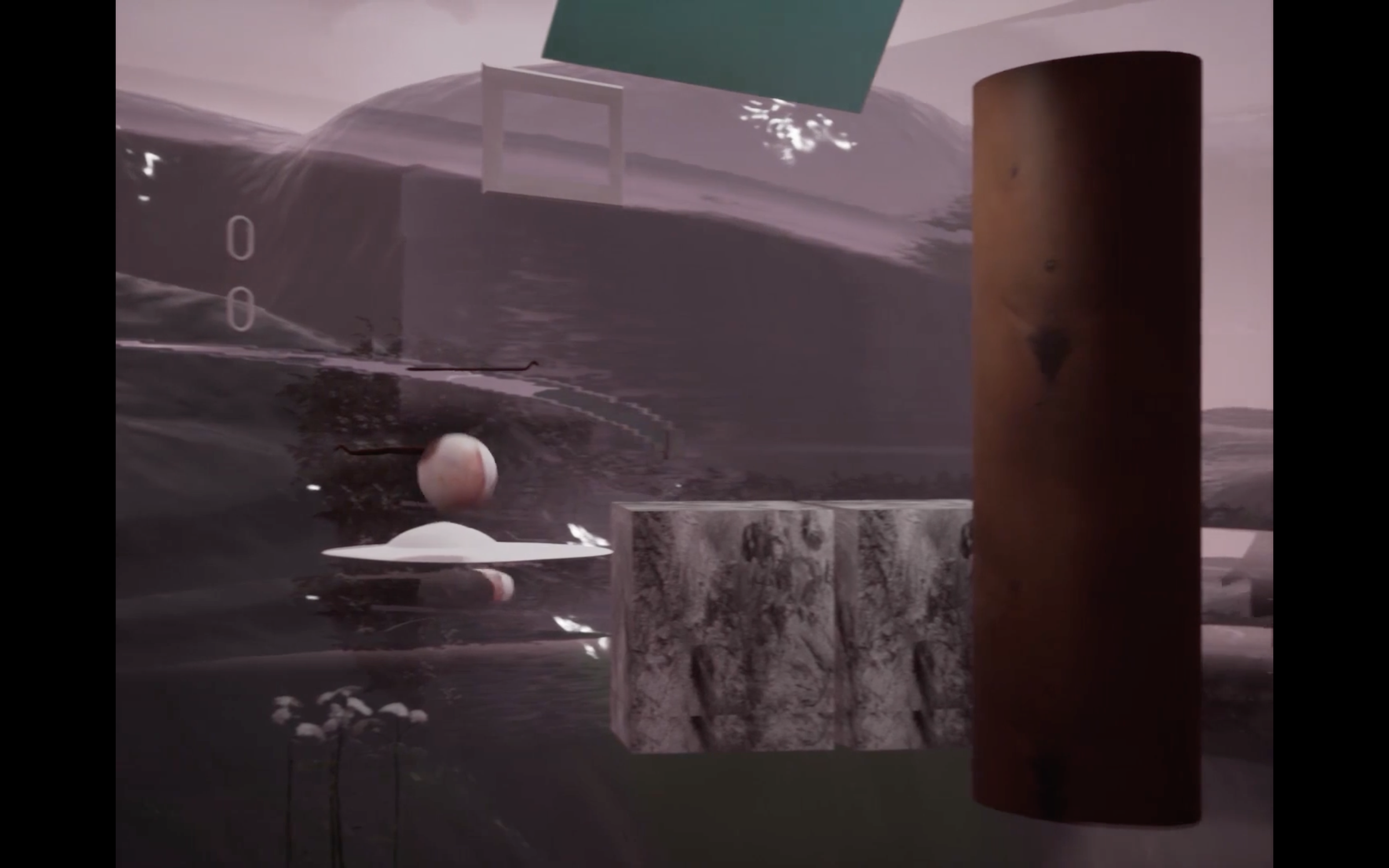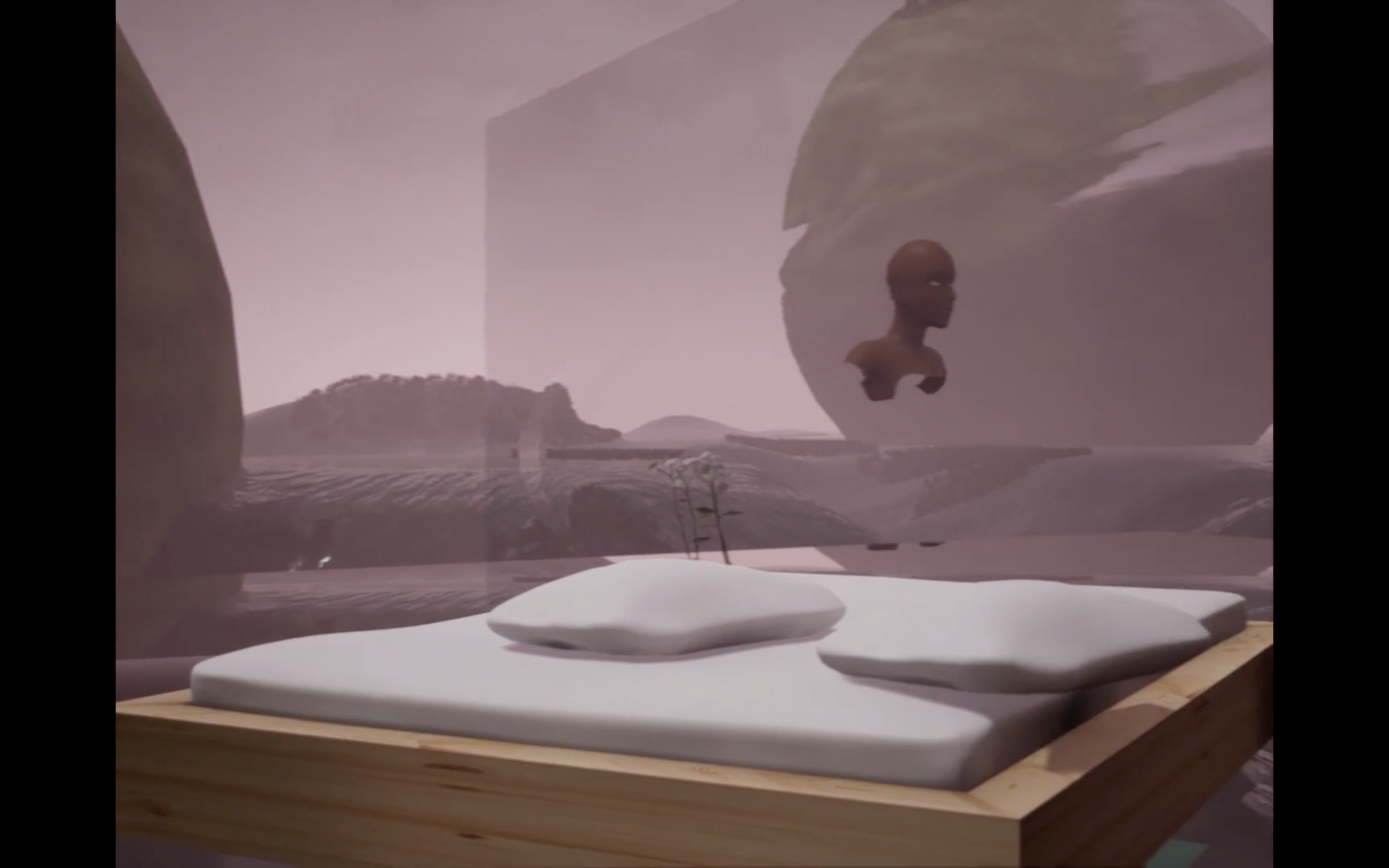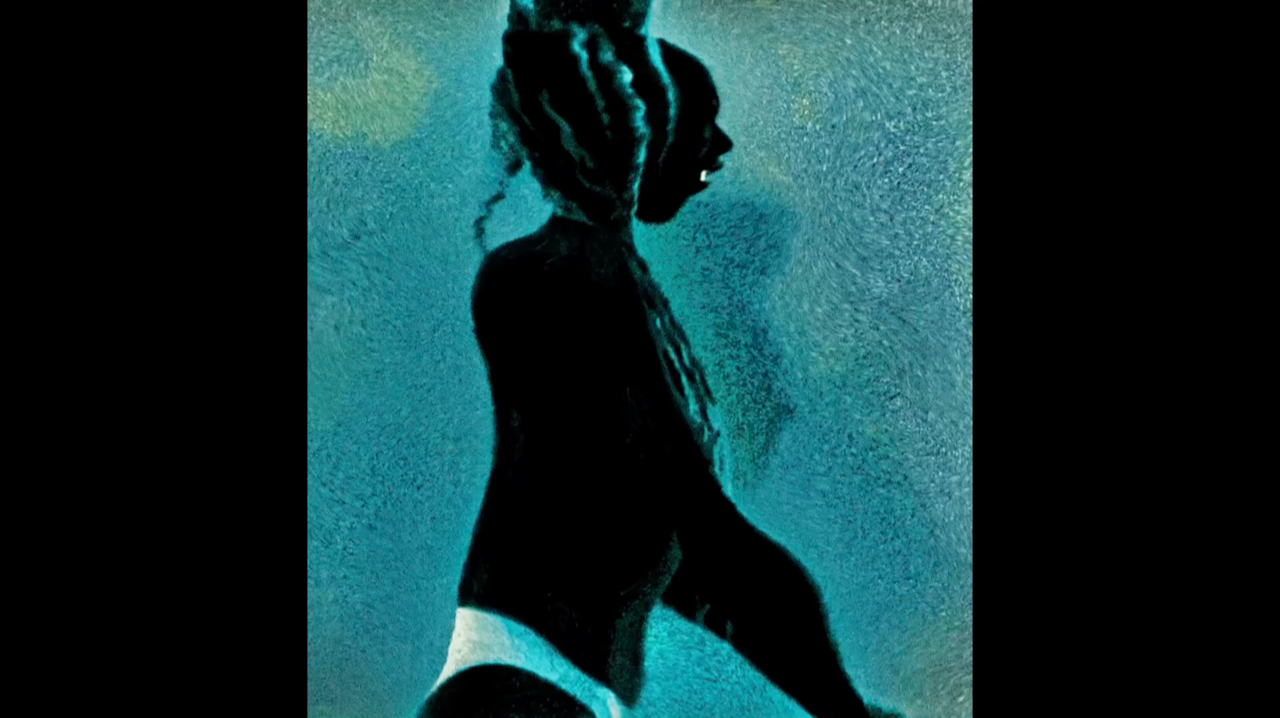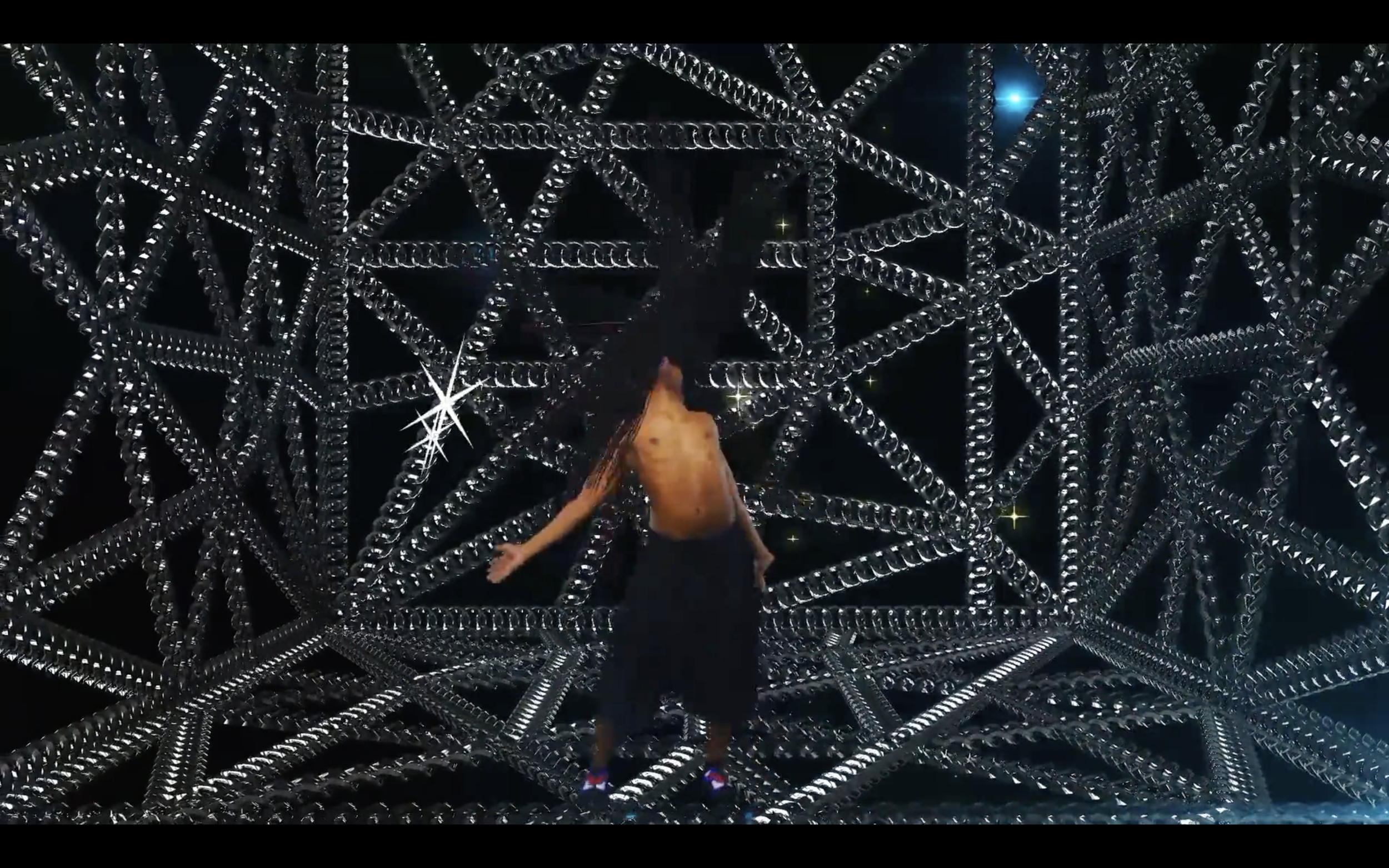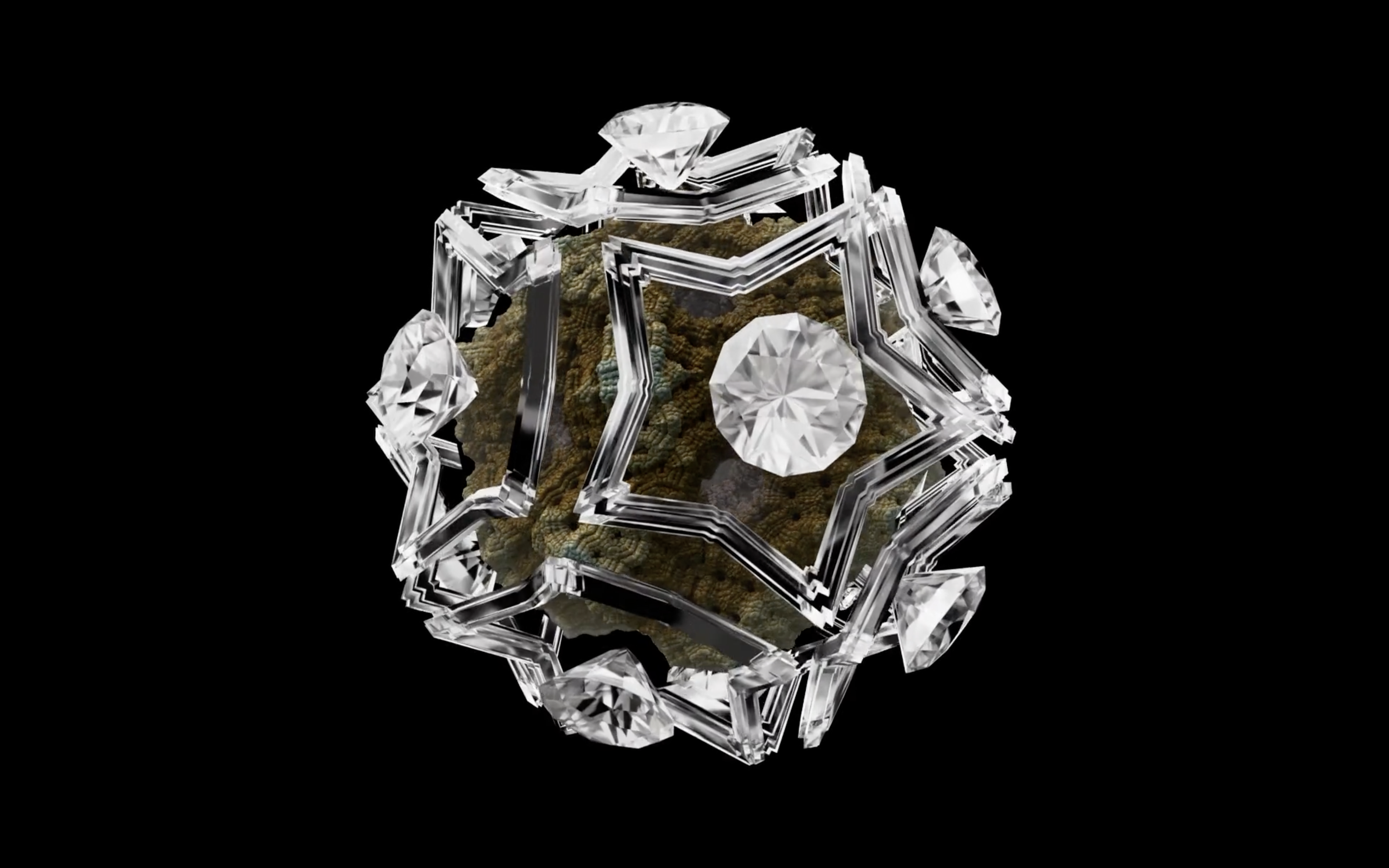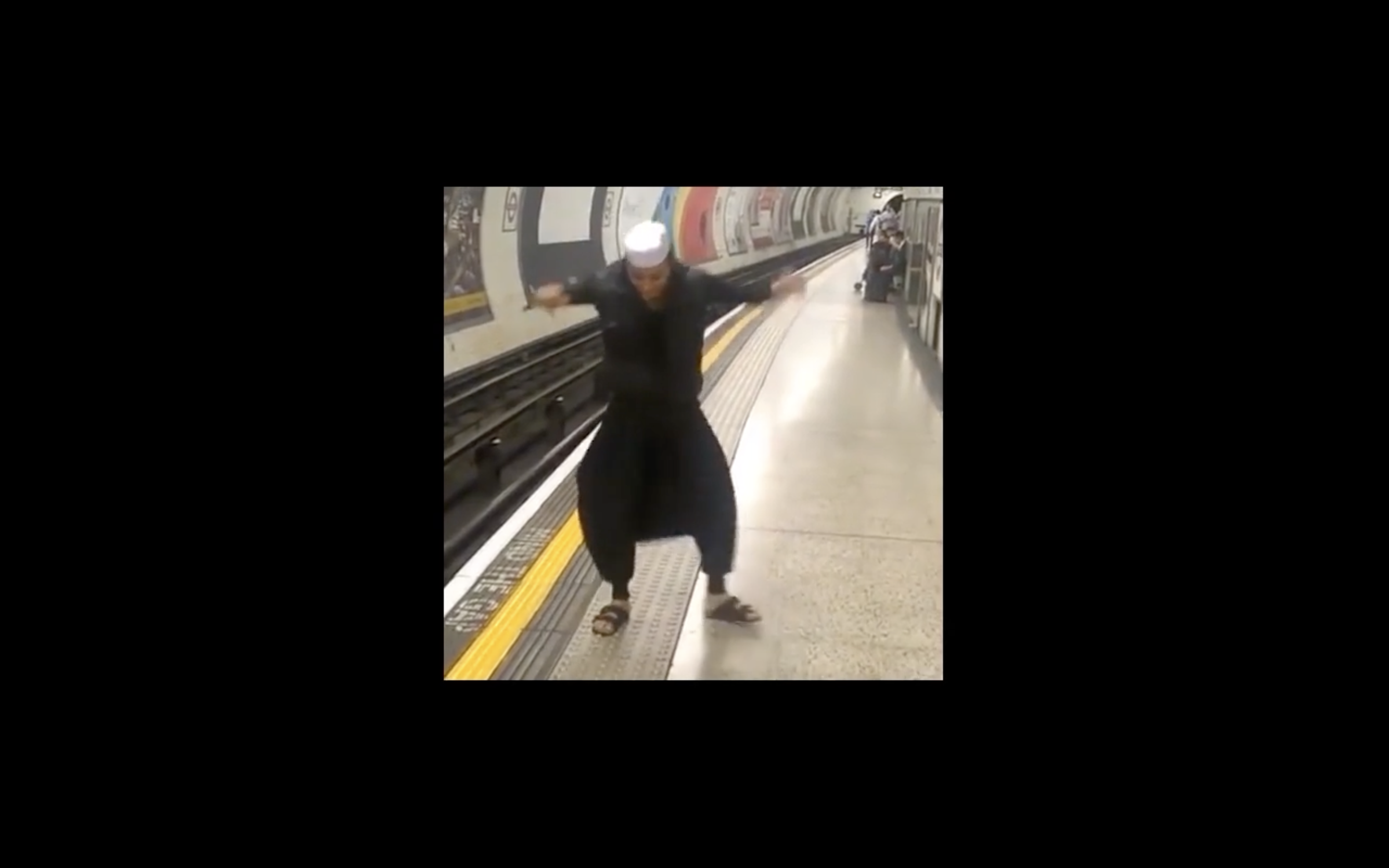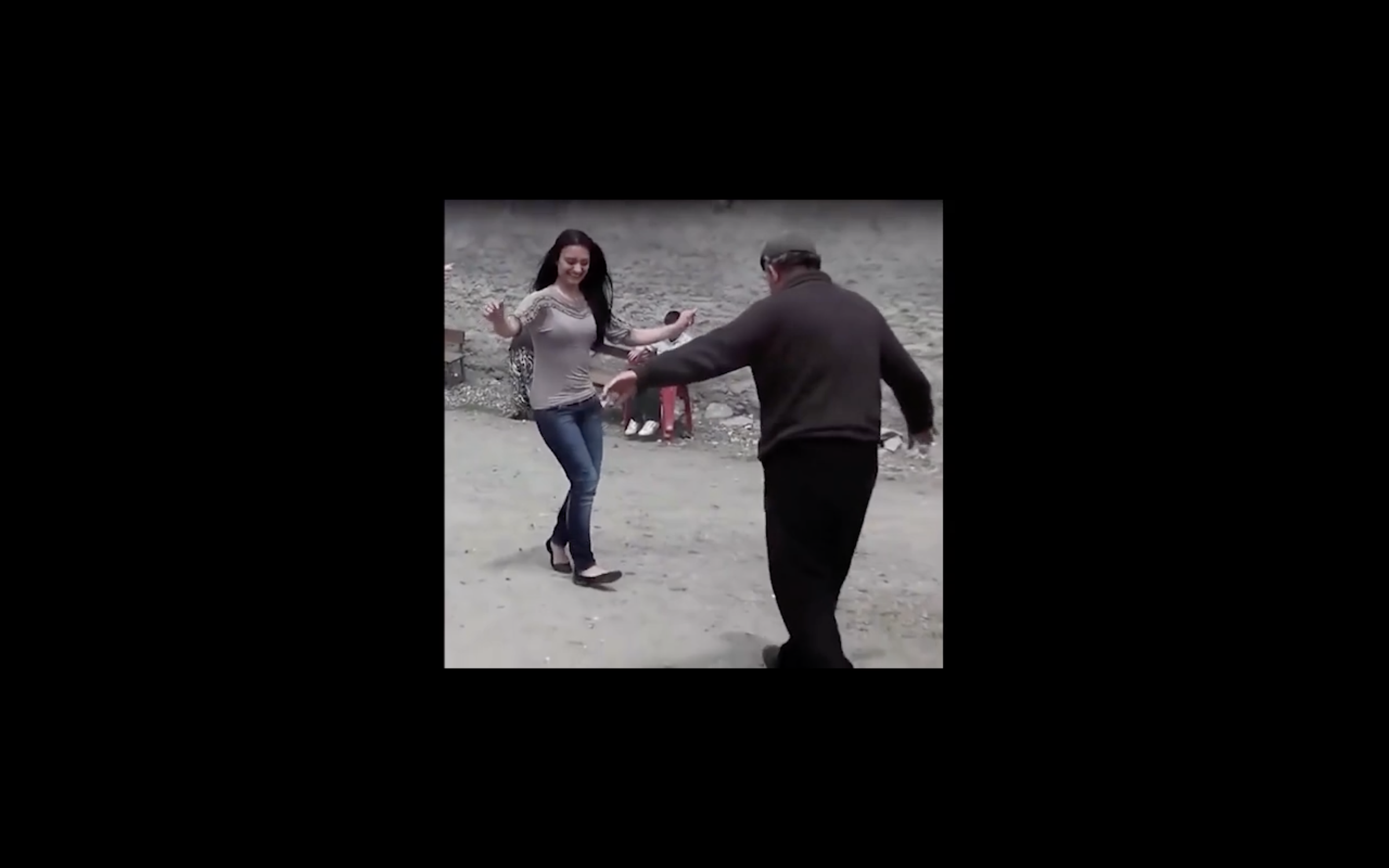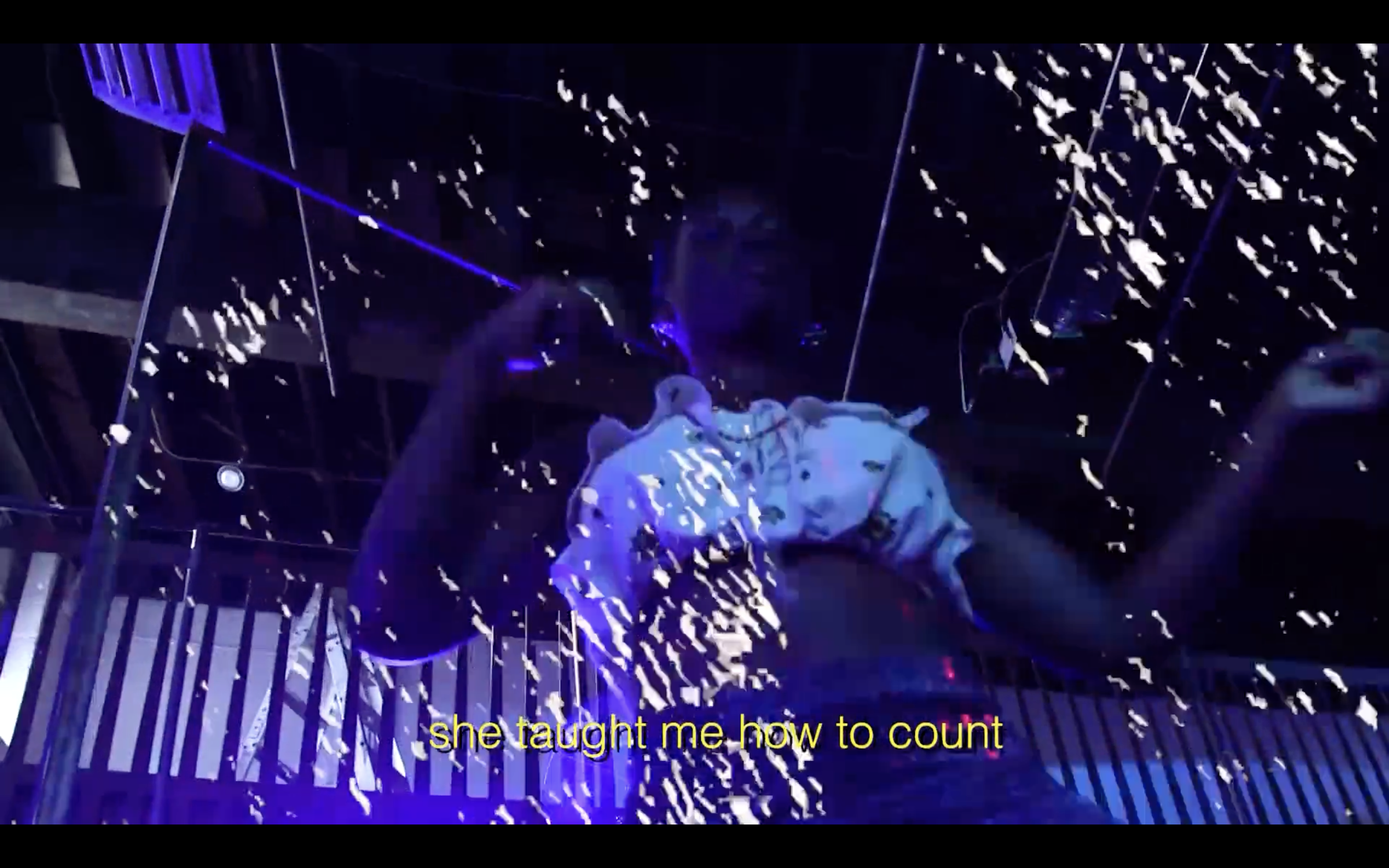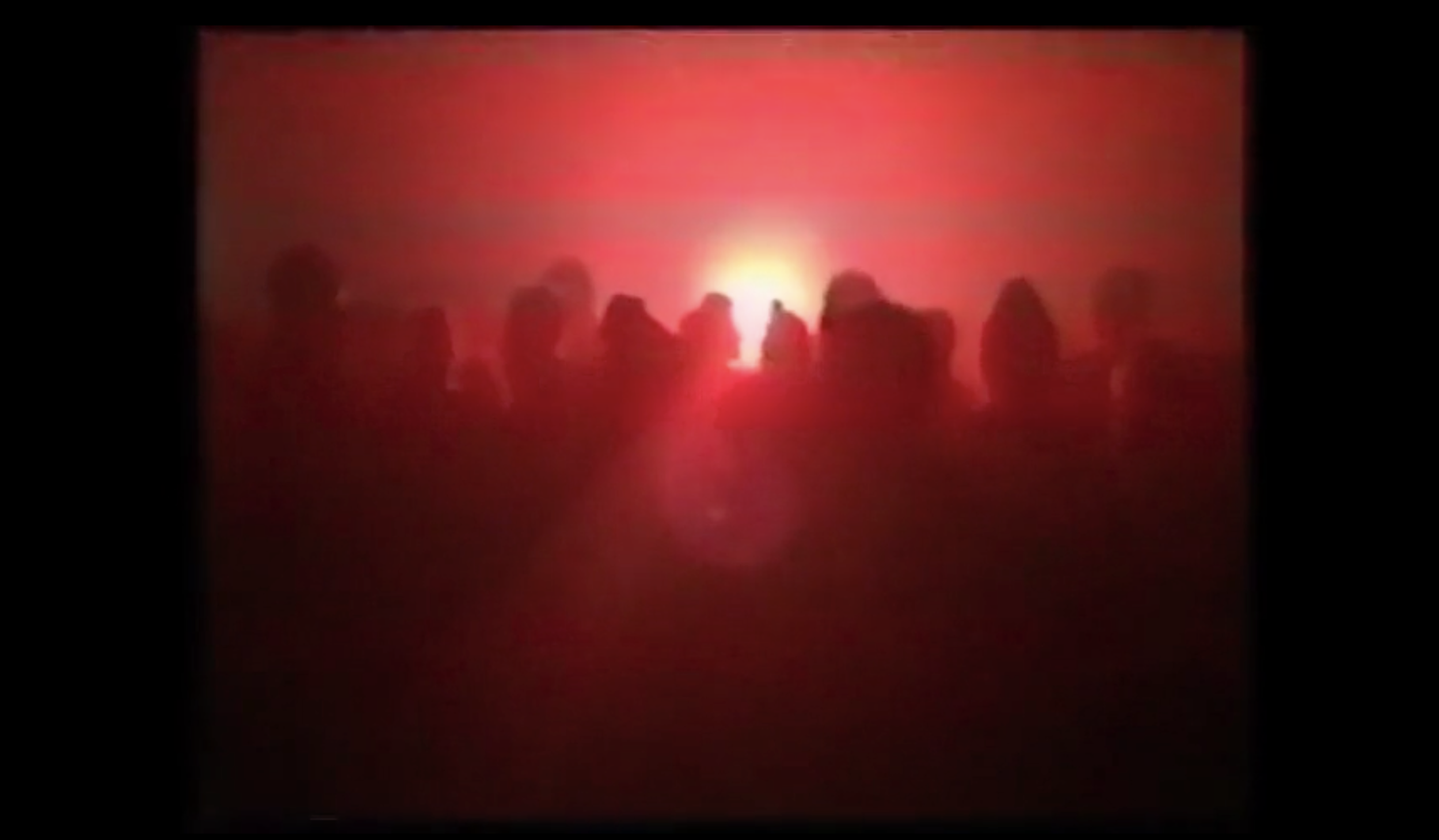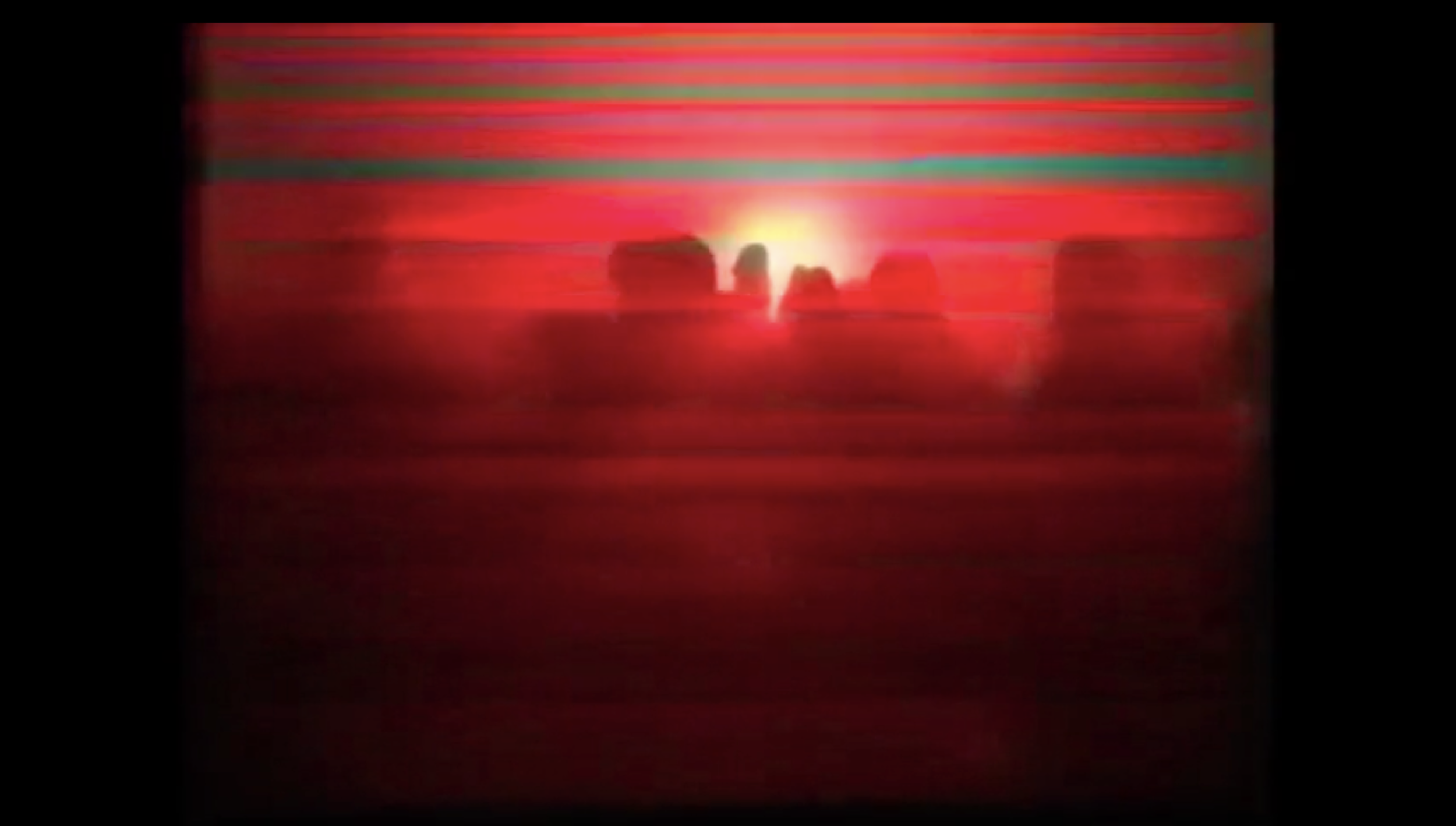Land Days and Dance Nights – Our Screens with Daata
Shoreditch Arts Club are delighted to have ongoing collaboration with Daata, this time materialising as two curated selections, comprising 14 moving image works by eight artists for our dominant screens for daily viewing until 6th of September 2023.
Screenshots of Rebecca Allen, The Observer (1999-2019) and landscape / enter / life (1999-2020)
There are two thematics explored, Land – which lights up the club until 5pm – and Dance, which welcomes the darker hours and extends from the summer moving image commission by Ndoho Ange, curated by Ruth Waters and Tony Tremlett.
Screenshots of Daniel Keller and Martti Kalliala, Exitscape 1 and Exitscape 5 (2015)
During daylight hours, Land encompasses nine moving image works by four artists, two by Rebecca Allen, six by Daniel Keller and Martti Kalliala, and one by Rindon Johnson, all which gently explore hypothetical landscapes, made using diverse rendering techniques.
The Observer (1999-2019) and landscape / enter / life (1999-2020) by Rebecca Allen are contemplative artworks that explore a topography in a digital scenery that replicates a traditional landscape. Described as “moving paintings” these works have been created by the pioneering artist on Emergence, the artists own system, which she developed in the late 90s.
Screenshots of Rindon Johnson, I First You (11/11) (2018)
Daniel Keller and Martti Kalliala’s Exitscape (2015) is a series of six short clips made in a video game engine called CryEngine. The artist worked in collaboration with a team of animators to create an aerial view of a speculative ‘patchwork’ of renderings depicting a “neo-feudal society of competing experimental city-states, forced to compete at land and at sea”.
Rindon Johnson’s I First You (11/11) (2018) is a sentimental panning of a psychological mental landscape in which an “old romantic recounts memories of another time.” The work floats through a digital landscape in what is described as a “glass island inhabited by little monuments.”
Screenshots of Ndoho Ange, Who’s Fear Death (2023)
Screenshots of Rashaad Newsome, Variant (2016) and Am I A Mandelbulb (2022)
Screenshots of Rosie McGinn, Drums (2018)
Screenshots of Marcellus Armstrong, On Beat with RJ (2019)
Screenshots of Hannah Perry, The Worse You Feel the Better I Look (2015)
From 5pm, as the evening approaches twilight and until midnight, the Dance playlist of moving image work illuminates the screens. This selection of video is inspired by our major moving image commission for the summer by Ndoho Ange, co-curated by Ruth Waters and Tony Tremlett.
Ndoho Ange’s commission, titled Who’s Fear Death, encompasses five new video works exploring identity through dance, along with elements of poetry, coded to form a unique aesthetic form referencing early digital and glitch aesthetics.
Five works, titled Are You Afraid, Yoga, Klub, Legba, and Who’s Fear Death (all 2023) which invite viewers on a journey with the artist through questioning oneself, explorations of the inner self, and the potential for, in the artists’ words “rebirth and renewal.”
In addition to the works by Ndoho, there are five works by Rashaad Newsome, Rosie McGinn, Marcellus Armstrong and Hannah Perry.
Rashaad Newsome’s Variant (2016) and Am I A Mandelbulb (2022) both incorporate dancers into digitally constructed scenes to examine black and LGBT identities. Am I A Mandelbulb takes form as a mutating dodecahedron presenting iconographies to interrogate the role of the artist in today’s technologically advanced society.
Rosie McGinn’s work Drums (2018) expresses the joy of dance through a diverse selection of appropriated lo-fi footage of people dancing. Using an editing technique referencing Eadweard Muybridge’s short moving sequences, McGinn brings people from around the world together in universal choreography.
Marcellus Armstrong’s On Beat with RJ (2019) is an example of how “editing can enhance representation in media” especially referencing what filmmaker Arthur Jafa calls Black Visual Intonation. The video piece explores identity within the context of dance by visually layering “the history and ongoing legacy of The New Dance Show—a television program produced in Highland Park and Detroit, Michigan, on air regionally from 1988-1995”.
Hannah Perry’s work The Worse You Look the Better I Feel (2015) is from a series collectively titled SPLIT SECOND which montages found and recorded clips capturing short nostalgic moments emphasised through analogue video aesthetics and editing methods. The Worse You Look the Better I Feel reveals a rhythmic scene in a dance club, where people move anonymously on a hazy dance floor beneath a saturated red light.
Together, Dance presents a 30 min selection of moving image artworks exploring identity through dance emphasised with conceptually grounded digital and video editing techniques.
All works are presented without sound, full versions of all moving image works excluding Ndoho Ange’s unique commission for the club can be found on daata.art


